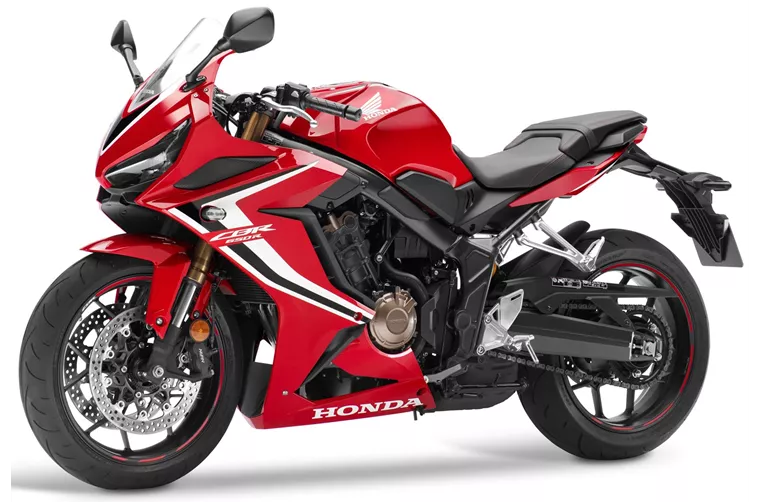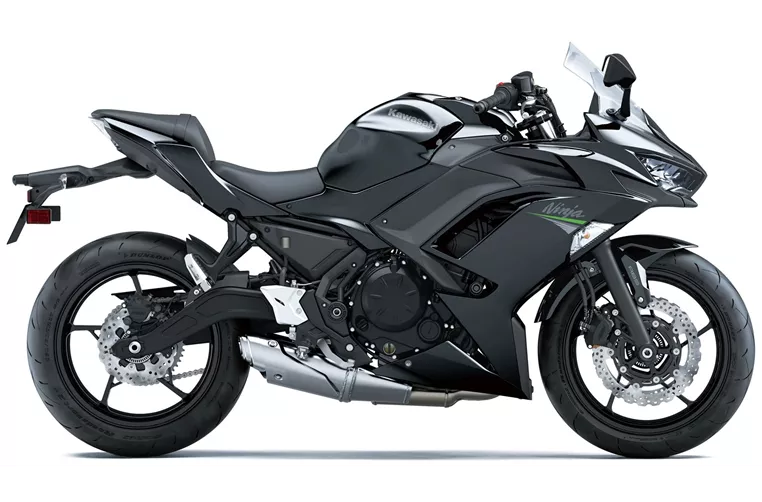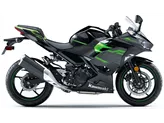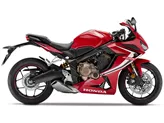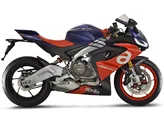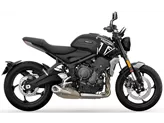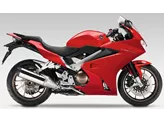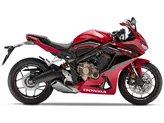Honda CBR650R 2019 vs. Kawasaki Ninja 650 2020
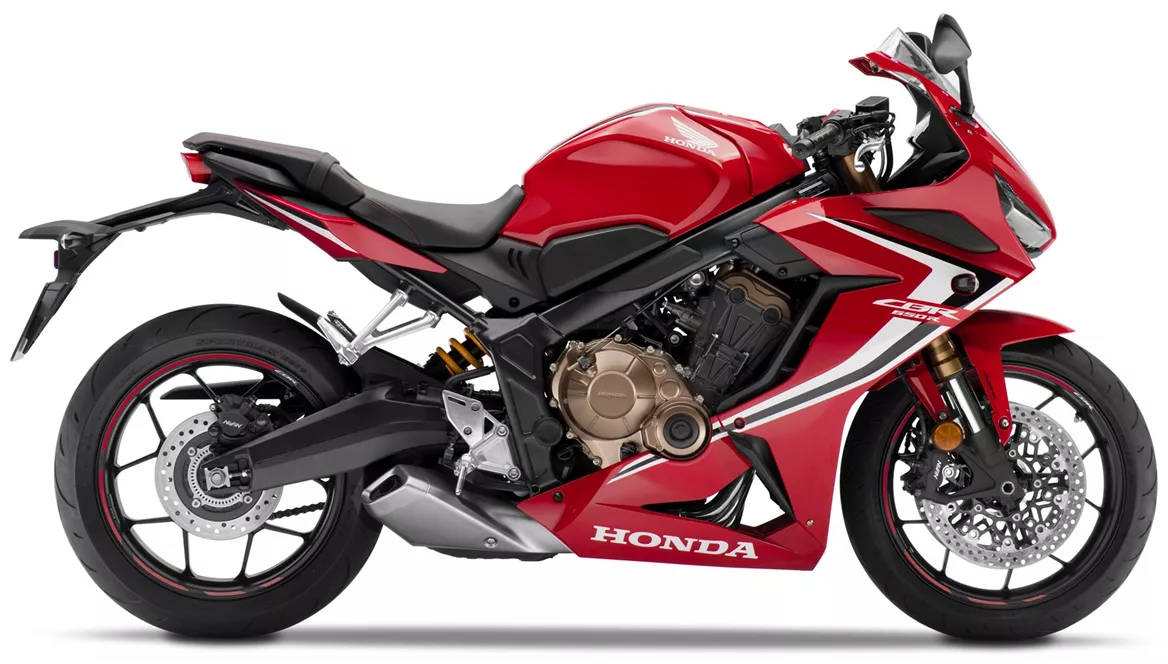
Honda CBR650R 2019
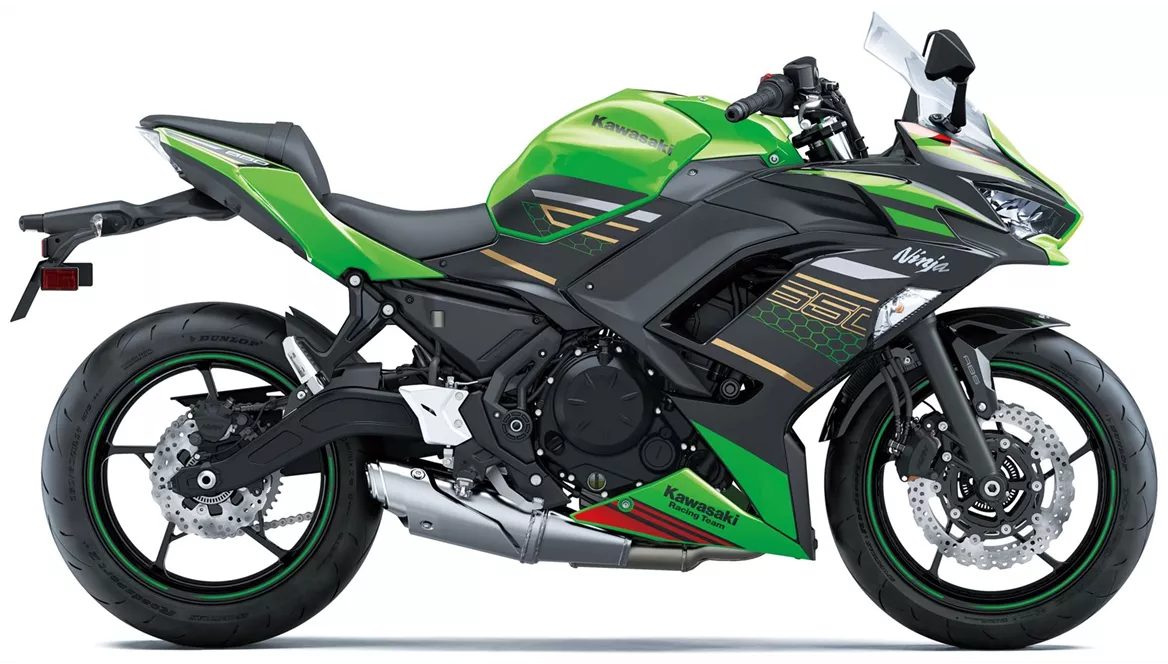
Kawasaki Ninja 650 2020
Visão geral - Honda CBR650R 2019 vs Kawasaki Ninja 650 2020
The Honda CBR650R 2019 and the Kawasaki Ninja 650 2020 are both supersport motorcycles that offer a thrilling riding experience. However, there are several differences between the two models.
In terms of engine and power, the Honda CBR650R 2019 is equipped with a four-cylinder engine that delivers 95 horsepower and 64 Nm of torque. On the other hand, the Kawasaki Ninja 650 2020 features a two-cylinder engine that produces 68.2 horsepower and 65.7 Nm of torque. While the Honda CBR650R has a higher power output, the Kawasaki Ninja 650 offers a more compact and lightweight design.
Both motorcycles have a displacement of 649cc and feature DOHC valve technology. The Honda CBR650R has a higher compression ratio of 11.4 compared to the Kawasaki Ninja 650's compression ratio of 10.8. This higher compression ratio on the Honda CBR650R may result in better overall performance and fuel efficiency.
In terms of suspension, both motorcycles have a telescopic front fork and a rear swingarm with a monoshock. However, the Honda CBR650R has an upside-down front fork, which may provide better stability and handling compared to the conventional front fork on the Kawasaki Ninja 650.
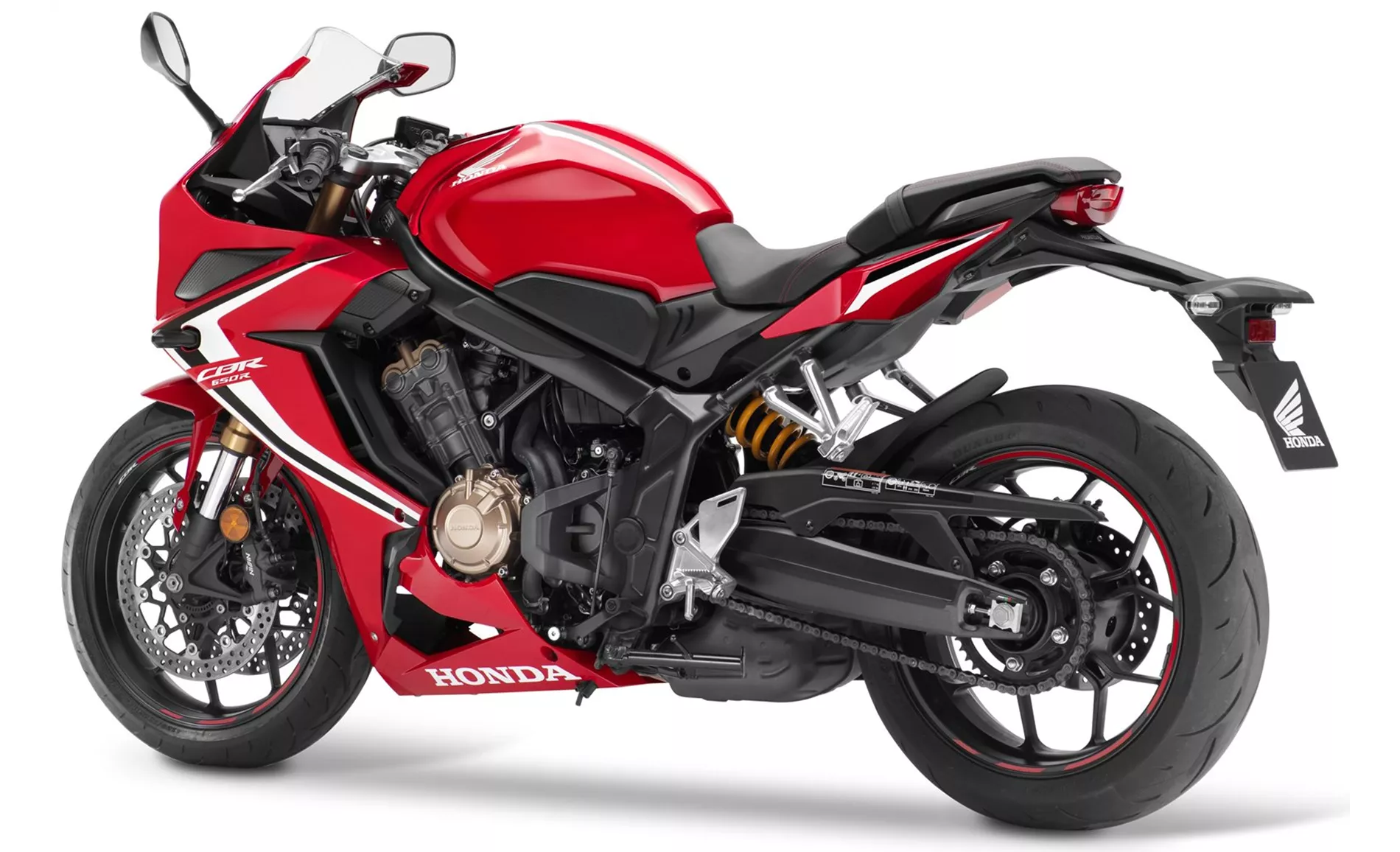
Honda CBR650R 2019
Both motorcycles have a steel frame, but the Honda CBR650R features a dual-tube frame while the Kawasaki Ninja 650 has a tubular frame. The rake and trail measurements also differ slightly, with the Honda CBR650R having a rake of 64.5 degrees and a trail of 101mm, while the Kawasaki Ninja 650 has a rake of 65.5 degrees and a trail of 100mm. These differences may result in variations in handling and stability.
In terms of braking, both motorcycles have dual disc brakes at the front. The Honda CBR650R has larger front discs with a diameter of 320mm, while the Kawasaki Ninja 650 has slightly smaller front discs with a diameter of 300mm. Both motorcycles are equipped with ABS for enhanced safety.
In terms of dimensions, the Honda CBR650R has a wider rear tire with a width of 180mm compared to the Kawasaki Ninja 650's rear tire width of 160mm. The Honda CBR650R also has a longer wheelbase of 1450mm compared to the Kawasaki Ninja 650's wheelbase of 1410mm. The seat height is higher on the Honda CBR650R at 810mm compared to the Kawasaki Ninja 650's seat height of 790mm.
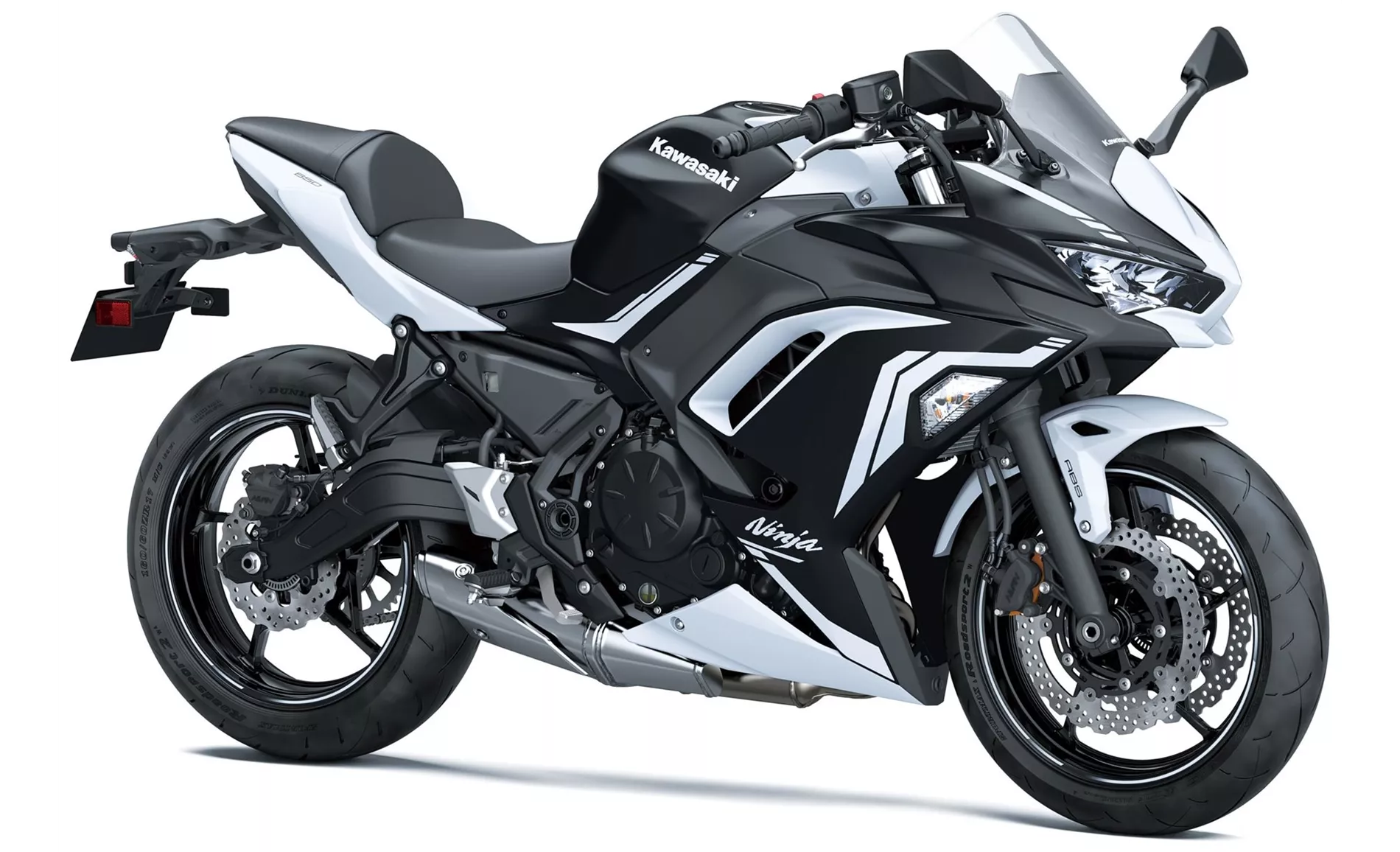
Kawasaki Ninja 650 2020
In terms of weight, the Honda CBR650R is slightly heavier with a curb weight of 208kg (with ABS) compared to the Kawasaki Ninja 650's curb weight of 193kg (with ABS). Both motorcycles have a similar fuel tank capacity of around 15 liters.
In terms of strengths, the Honda CBR650R offers a four-cylinder engine that is very responsive and suitable for longer rides. It also provides good wind protection and has an attractive appearance. The Kawasaki Ninja 650, on the other hand, offers a powerful two-cylinder engine and a comfortable seat suitable for long rides. It also has compact dimensions and a sporty appearance, along with an TFT screen with connectivity features.
In terms of weaknesses, the Honda CBR650R may have a drone at lower RPMs and its suspension could be more sporty. It also has a rear brake that may not be as effective. The Kawasaki Ninja 650 may not be suitable for taller riders and has a point of pressure on the front brake. It may also have limited suitability for two-person trips.
Overall, both the Honda CBR650R 2019 and the Kawasaki Ninja 650 2020 are impressive supersport motorcycles with their own unique features and strengths. The choice between the two will ultimately depend on the rider's preferences and priorities.
Especificações técnicas Honda CBR650R 2019 em comparação com Kawasaki Ninja 650 2020
Prós e contras em comparação
Prós e contras em comparação
Honda CBR650R 2019

A nova CBR650R pega no espírito que conhecemos das tourers desportivas clássicas de quatro cilindros e transporta-o para a era moderna. Graças à boa afinação do motor, não tem de se preocupar em ser deixado para trás pelos seus amigos de dois cilindros, especialmente porque é recompensado com um som agradável em toda a gama de rotações. Infelizmente, no entanto, pode haver demasiado som, como provou o rugido abaixo das 4.500 rpm. No que diz respeito ao chassis e à posição do assento, foi encontrado um compromisso que permite à CBR650R lidar bem com a condução quotidiana, bem como com passeios mais longos e caçadas em pistas domésticas.
Kawasaki Ninja 650 2020
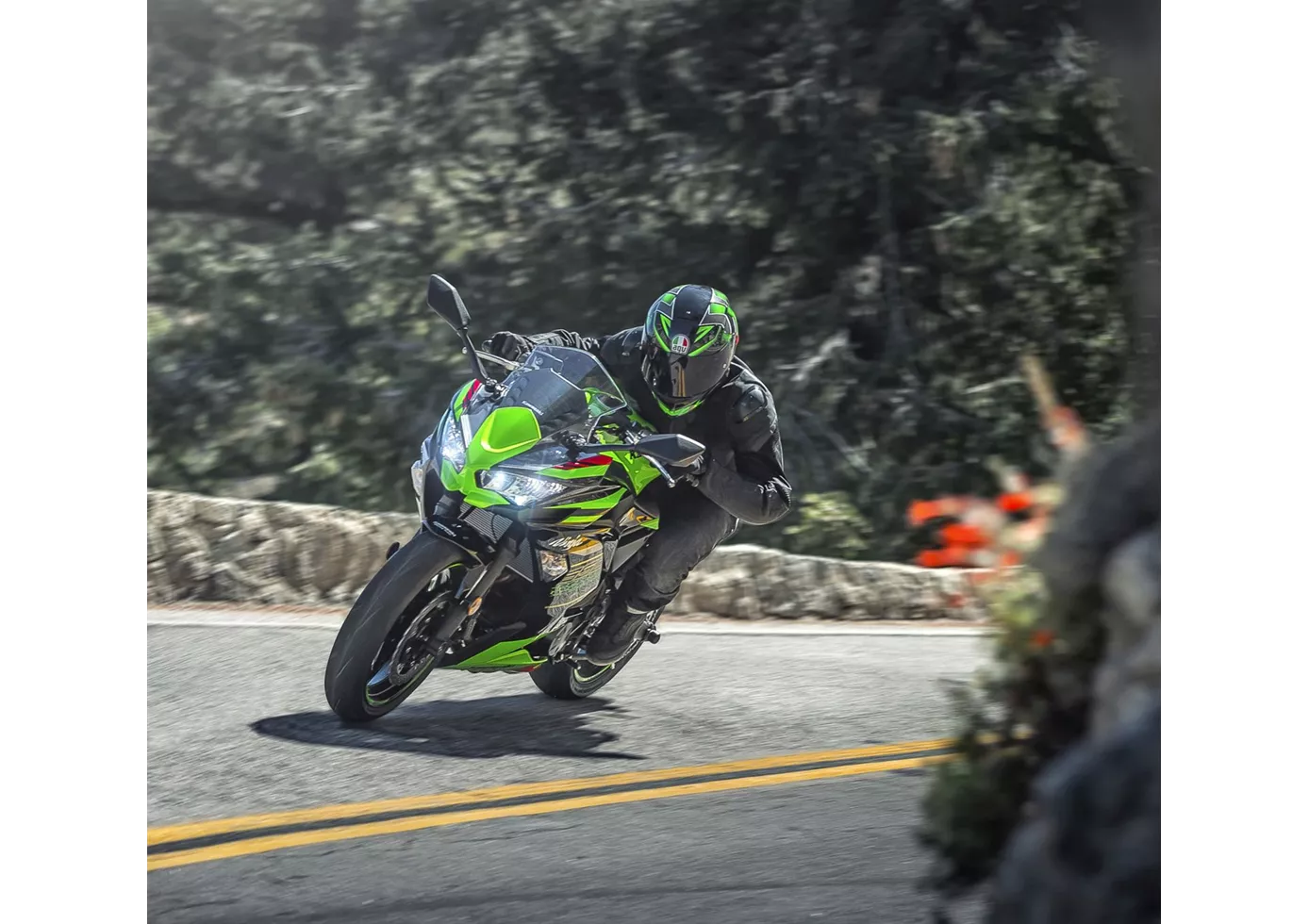
Salve a sport tourer! Com a Ninja 650, a Kawasaki criou uma representante exemplar desta classe e (espera-se) resolveu o problema da nova geração. O chassis estável e os dois cilindros decentes farão as delícias dos principiantes e dos pilotos avançados, mesmo a um ritmo mais acelerado. O travão dianteiro é um pouco bem intencionado demais, faltando-lhe um ponto de pressão transparente, apesar do bom desempenho de travagem. Outra vantagem é o ecrã TFT, que não encontramos na concorrência neste momento, bem como o aspeto adulto, que está fortemente orientado para os modelos Ninja maiores.
Comparação de preços Preço médio de mercado Honda CBR650R vs Kawasaki Ninja 650
There are a few key differences between a Honda CBR650R 2019 and a Kawasaki Ninja 650 2020. It takes less time to sell a Honda CBR650R with 45 days compared to 75 days for a Kawasaki Ninja 650. Since model year 2019 1000PS.de editors have written 14 reviews for the Honda CBR650R and 20 reviews for the Kawasaki Ninja 650 since model year 2017. The first review for the Honda CBR650R was published on 08/10/2018 and now has more than 53 700 views. This compares to more than 79 600 views for the first review on Kawasaki Ninja 650 published on 04/10/2016.
